Adolescence, Netflix’s gripping four-part drama, is not just another crime thriller—it’s a cinematic experiment that pushes the boundaries of storytelling. Directed by Philip Barantini (Boiling Point), the series is shot entirely in one continuous take per episode. That’s right—no cuts, no retakes, just pure, uninterrupted storytelling. This bold technique creates a raw, immersive experience that puts viewers right in the middle of the action, making every second feel urgent and real.
A Filmmaking Feat Like No Other
The concept of shooting an entire episode in a single take is ambitious and rarely attempted in television. While long-take sequences have been used in films like 1917 and Birdman, Adolescence takes it to another level by committing to this approach for the entire series.
Director Philip Barantini explains the challenge:
“Basically that means we press record on the camera, and we don’t press stop until the very end of the hour. But it’s much more complicated than it sounds. It takes months of preparation and weeks of rehearsals.”
Each episode required meticulous planning. The actors had to deliver flawless performances, the camera crew had to navigate complex environments without mistakes, and every element had to synchronize perfectly. If one person messed up, they had to start over.
Why One-Shot Storytelling Works for Adolescence
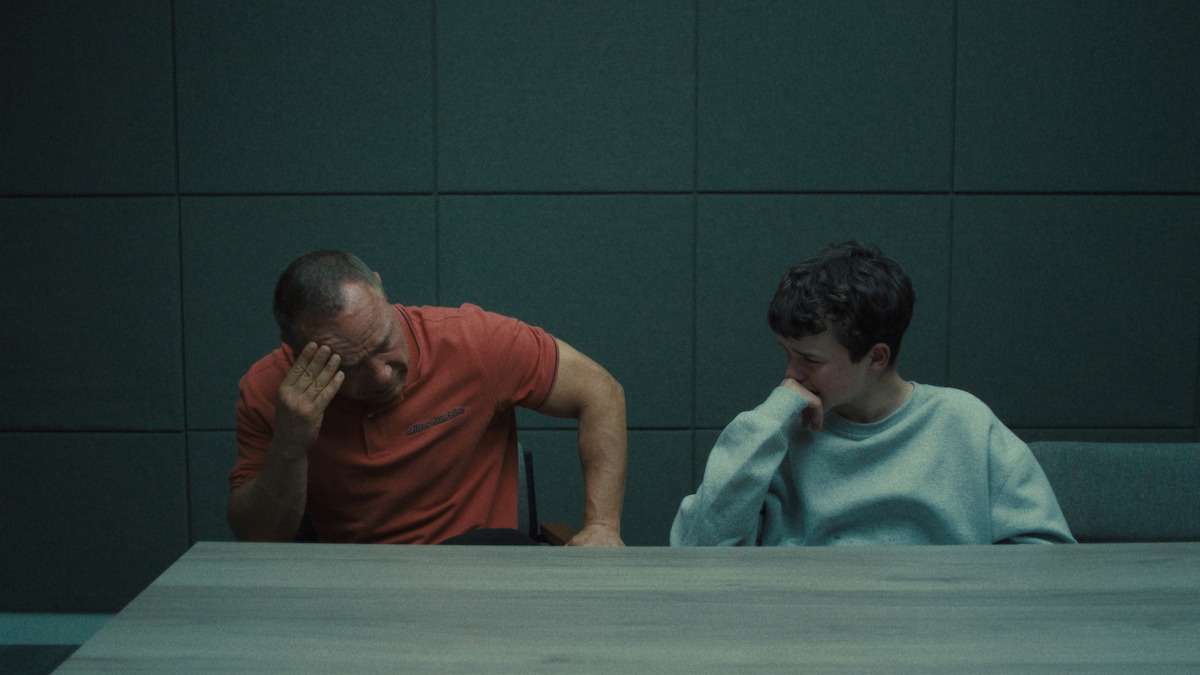
The single-shot approach isn’t just a gimmick—it serves the story’s raw emotional depth. The series follows Jamie Miller (Owen Cooper), a 13-year-old accused of murder, and his father, Eddie (Stephen Graham), as they navigate the overwhelming legal and emotional turmoil.
By filming in real time, Adolescence places viewers directly in the characters’ shoes, eliminating the comfort of cuts or scene transitions. You experience Jamie’s panic as police storm his home, feel the weight of Eddie’s helplessness, and sense the claustrophobia of intense interrogations.
Writer Jack Thorne describes the effect:
“We wanted the audience to feel every moment—to be locked in, unable to escape, just like our characters.”
How the Team Pulled It Off
Executing a one-shot production requires immense coordination. Each episode took two takes per day, and the final cut was chosen from ten full takes. Every scene had to be choreographed like a stage play, with actors, camera operators, and even background extras hitting their marks perfectly.
Barantini recalls some of the unexpected challenges:
“One time the camera was knocked against a door, so the lens shook. Another time, the lights in the police station set just went out. We had to stop and start over.”
The production team also found creative ways to keep the camera moving smoothly, using drones, cranes, and handheld rigs. The second episode, which includes a chase scene from Jamie’s school through the crime scene, required a drone to capture sweeping movements without breaking continuity.
Cinematographer Matt Lewis, who worked closely with Barantini, called the process a “dance.”
“We had to move in perfect sync—like choreography. If one step was off, we’d lose the flow.”
Camera Transitions and Equipment
-
Gimbal-Stabilized Cameras: To ensure fluid movement through various environments, the crew utilized gimbal-mounted cameras. This setup allowed for stable handheld sequences, enabling smooth transitions as the camera followed characters through dynamic scenes.
-
Drone Integration: A standout moment occurs in Episode 2, featuring a complex chase scene. The sequence begins with a handheld camera following the protagonist, Jamie, through the school. As Jamie bursts into the open, the camera seamlessly transitions to a drone, capturing an expansive aerial view of the pursuit. This transition was meticulously choreographed, with the handheld operator passing the shot to the drone at a precise moment to maintain the continuous take.
Lighting Challenges and Solutions
-
Pre-Rigged Lighting Setups: Filming in a single take required consistent lighting throughout extended scenes. The production team pre-rigged lighting in various locations, ensuring that as the camera moved, the lighting remained optimal without visible equipment. For instance, in the police station scenes, practical lights were strategically placed to provide adequate illumination while remaining unobtrusive.
-
Adaptive Exposure Adjustments: Transitioning between different lighting conditions, such as moving from interior to exterior settings, posed challenges. The cinematographer manually adjusted exposure settings in real-time to accommodate these changes, ensuring visual consistency without interrupting the shot.
Audio Recording in a One-Take Environment
-
Wireless Microphones: Given the continuous movement and the need to avoid visible equipment, actors were equipped with wireless lavalier microphones. This approach ensured clear audio capture throughout the extended takes, even as characters moved through different environments.
-
Real-Time Audio Mixing: Sound engineers monitored and adjusted audio levels live during filming. This real-time mixing was crucial to balance dialogue, ambient sounds, and incidental noises, maintaining audio clarity without the opportunity for post-production corrections.
Crew Coordination and Choreography
-
Hidden Crew and Relay System: The one-take approach demanded that crew members remain out of sight while performing their tasks. A relay system was implemented where crew members would discreetly hand off responsibilities as the camera moved through different areas. For example, as the camera transitioned from a hallway to a classroom, one crew member would pass focus-pulling duties to another stationed in the next location.
-
Real-Time Focus Pulling: Maintaining sharp focus during continuous movement required precise coordination. Focus pullers adjusted focus manually in real-time, anticipating actors’ movements and camera shifts to ensure that the primary subjects remained crisp and clear throughout each scene.
Contingency Planning for Mistakes
-
Backup Plans for Errors: Despite extensive rehearsals, the potential for errors remained. The team developed contingency plans, such as minor improvisations by actors to recover from small mistakes. However, significant errors necessitated restarting the entire take, underscoring the high stakes of this filming approach.
-
Pre-Planned Distraction Shots: In anticipation of potential technical issues, certain scenes incorporated elements like passing vehicles or characters crossing the frame. These moments allowed for subtle adjustments or corrections without disrupting the continuous flow of the narrative.
The Pressure on the Actors
For the cast, this method meant no room for mistakes. Owen Cooper, in his breakout role as Jamie, had to maintain raw emotion for an hour straight. Stephen Graham, a seasoned actor, found the challenge exhilarating.
“It’s like being on stage in a live play. You’re completely present in every moment because there’s no second take.”
The one-take format also forced actors to think on their feet. If someone forgot a line or missed a cue, they had to improvise without breaking character.
The Future of One-Take TV?
While one-take filmmaking is often considered a novelty, Adolescence proves it can be a powerful storytelling tool. The format enhances the realism and emotional weight of the series, making it more than just a technical achievement—it’s an artistic statement.
“We wanted to create something that made people feel deeply and think critically about the pressures young people face today,” says Graham.
The success of Adolescence raises the question: Will more TV shows adopt this immersive format? If done right, one-shot storytelling could redefine how we experience television drama.
Also, Read – The 45 Best Netflix Original Movies, Ranked
Netflix’s Adolescence is a groundbreaking series that proves one-shot storytelling isn’t just a trick—it’s an art form. The combination of raw performances, technical brilliance, and unfiltered storytelling makes it one of the most compelling dramas in recent years. If you haven’t watched it yet, prepare for an experience that feels less like TV and more like real life unfolding before your eyes.


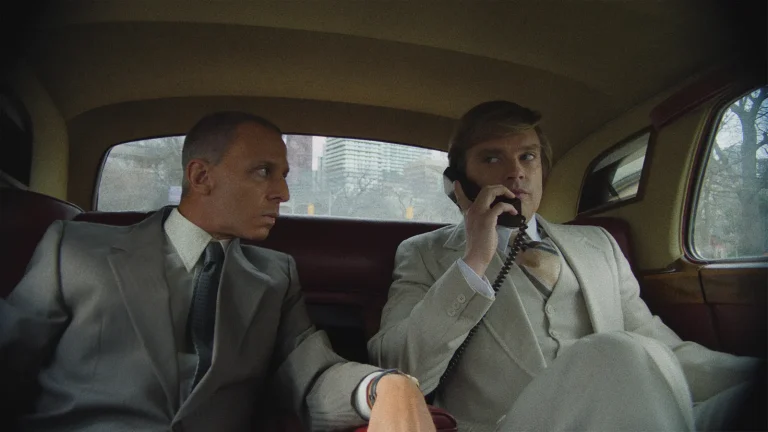
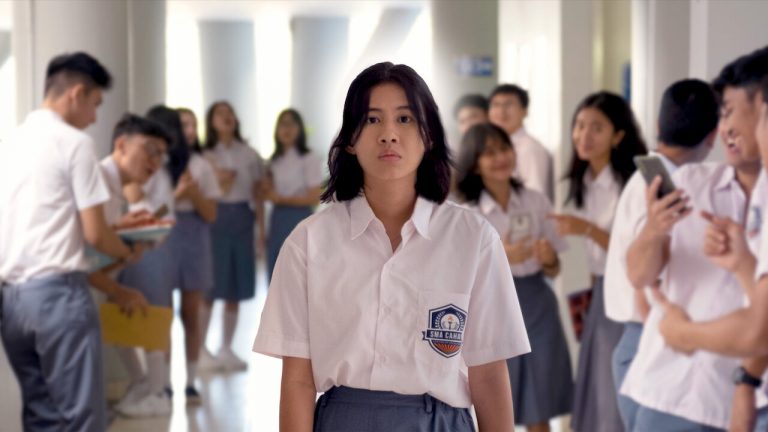
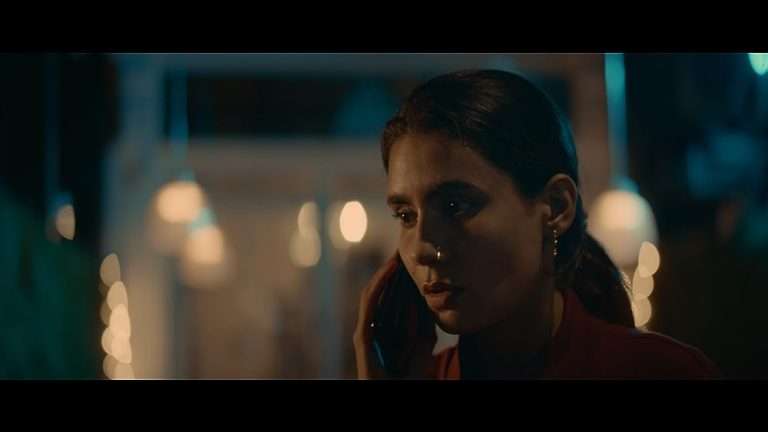
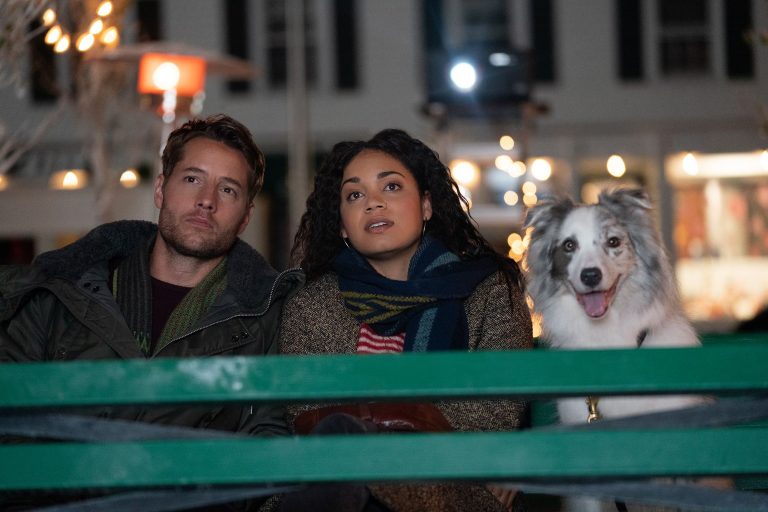
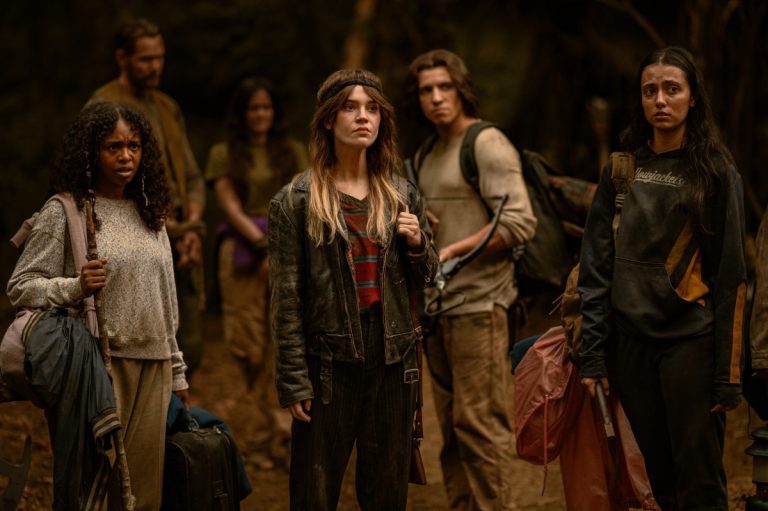
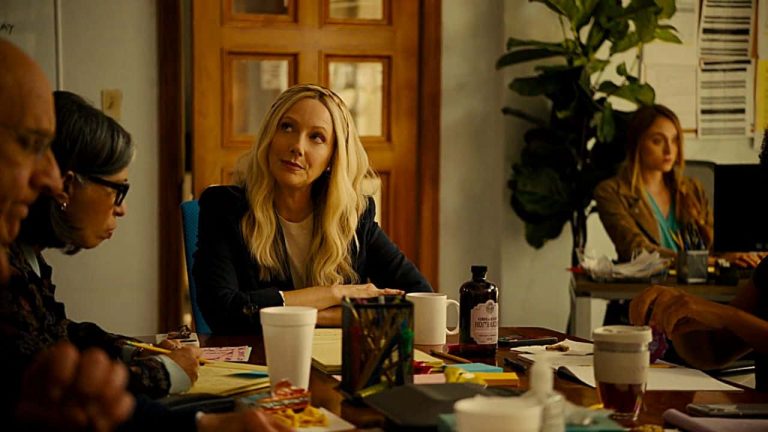
Adolescents is a fabulous experience to watch!!!!!
This doesn’t give any details on how it was achieved. How did the same camera go from stedicam to drone to handheld? How did the camera move through a closed window in episode 2?